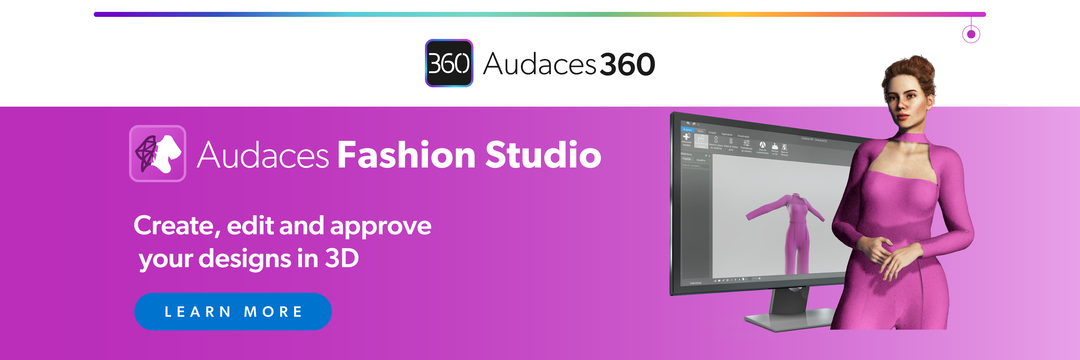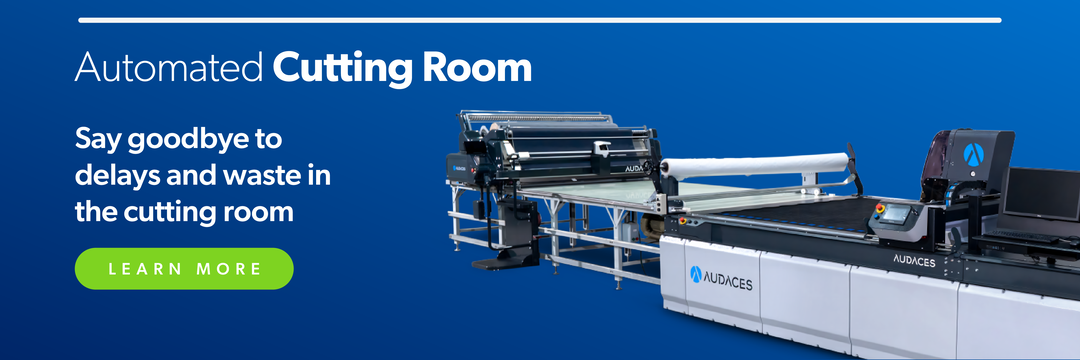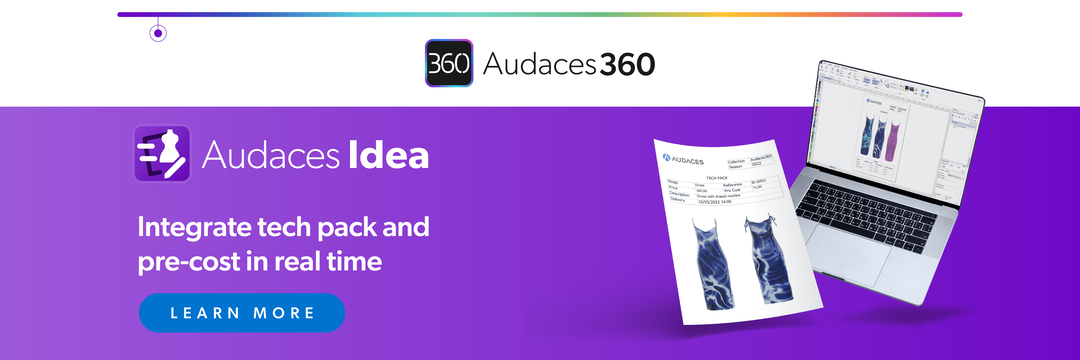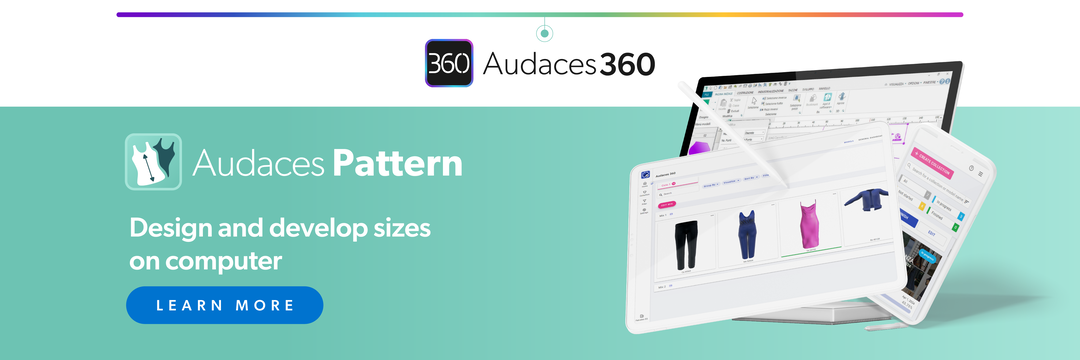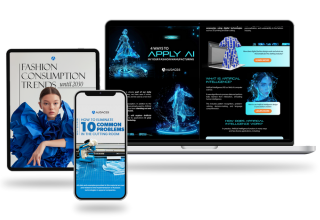Summary
- When you sketch fashion designs, the base you choose sets the tone for your collection.
- It’s the blueprint that shapes how your ideas take form and ensures each garment feels intentional and flattering.
- Curious to discover more fashion insights and tips? Subscribe to our newsletter!
The way a garment drapes, hugs, or flows over a body can make or break a design. That’s why understanding the types of body shapes gives designers a practical lens to see how their creations will look in real life.
When clothes fit well, they move naturally, feel comfortable, and allow the person wearing them to express themselves fully. Paying attention to body shapes transforms a sketch from an idea into something alive.
In this post, we’ll break down the main types of body shapes every fashion designer should know. You’ll learn their defining characteristics and discover tips for designing garments that flatter every silhouette.
Let’s explore the art of fit and form. Happy reading!
Sumário
Why every fashion designer should know the types of body shapes
Designing for real people means understanding real bodies. Every client or model brings unique proportions. Knowing how these shapes vary allows designers to create garments that fit beautifully.
When a piece complements the body, it enhances appearance and confidence. This is something every great designer strives to achieve.
Recognizing the types of body shapes is a technical skill and a creative advantage at the same time. This knowledge helps you anticipate how fabrics will drape, where to add structure, and which cuts will bring harmony to a silhouette. The result? Designs that look intentional, balanced, and comfortable.
A designer who understands body types can also connect better with clients. Instead of following trends blindly, they design with purpose, creating collections that highlight strengths and adapt to different proportions.
That’s how a brand stands out in a crowded market: by making people feel seen and understood.
What are the different types of body shapes?
You can look at the body shapes from two perspectives: physical composition and silhouette. The first includes the somatotypes, while the second refers to the visible outlines (we’ll get to those later).
For now, let’s explore the somatotypes:
Ectomorph
Ectomorphs are naturally lean and long, with narrow shoulders, hips, and a delicate bone structure. They tend to have fast metabolisms, making it hard to gain weight or build muscle easily.
In fashion terms, ectomorphs often have an elegant, elongated silhouette that works well with structured designs and sleek cuts.
When designing for this body type, focus on creating the illusion of curves and volume. Layering fabrics, using textured materials, or choosing bold patterns can add depth to the overall look. High-waisted pants, ruffled tops, and defined waistlines are excellent ways to balance proportions and enhance shape.
Mesomorph
Mesomorphs have a naturally athletic build. This means broader shoulders, a defined waist, and a balanced proportion between the upper and lower body.
Their frame is well-toned and adaptable, which gives designers plenty of creative freedom when choosing cuts and styles. For this type of body shape, the key is to highlight their balanced structure without excessive focus on width.
Soft fabrics that drape well and follow the body’s natural lines work perfectly. Wrap dresses, fitted blazers, and slightly flared skirts enhance the silhouette while keeping harmony between curves and structure.
You can experiment with shapes and volumes, knowing that the mesomorph body tends to carry garments evenly. It’s an ideal canvas for bold designs that play with contrast, texture, and color.
Endomorph
Endomorphs usually have rounder shapes, a softer frame, and a tendency to store fat more easily.
They often have fuller hips, thighs, and bust, with a less defined waistline. For fashion designers, this body type offers an opportunity to design with comfort, flow, and inclusivity in mind.
When dressing an endomorph, the focus should be on elongating the silhouette and highlighting curves naturally. Lightweight fabrics with good drape, such as viscose, silk, or fine knits, work beautifully. Empire waistlines, vertical seams, and monochromatic color palettes also help create visual balance and fluidity.
Aim to emphasize comfort without losing sophistication. Strategic tailoring, smooth lines, and thoughtful placement of details (like asymmetrical cuts) make the design flattering and elegant.
Learn more: Fashion collection development guide for beginners
The most common body shapes
In fashion, there is a classic division of body types used by many professionals. This is a very common way to classify the types of body shapes in the commercial fashion market.
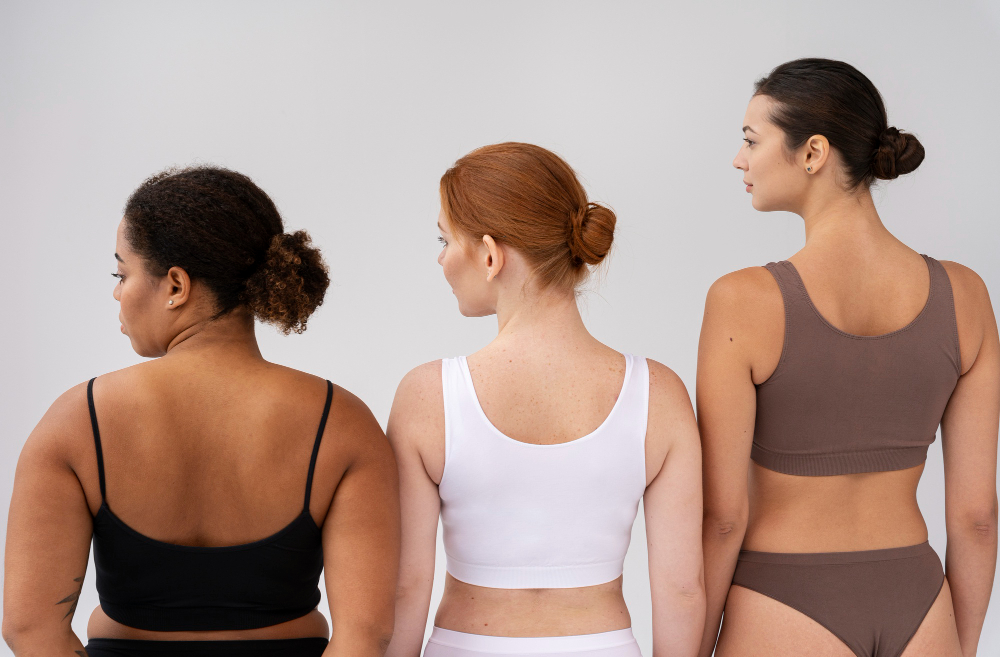
1) Inverted triangle body shape
The inverted triangle shape has shoulders wider than the hips. This means the upper body looks bigger, and the hips are narrower.
Remember to show the width of the shoulders in your drawings, while keeping the hips smaller and the waist softer.
To create balance between the top and bottom, you can always add volume or prints to skirts and pants.
2) Triangle body shape
The triangle, or pear shaped body, has hips and thighs wider than the shoulders. The waist is usually well defined, and the upper body looks smaller compared to the lower body.
When drawing this shape, show the curves of the hips clearly and keep the shoulders a bit narrower to make the sketch look natural.
A nice tip is using details on the top, like prints or ruffles. This helps draw the eye upward and create harmony in the outfit.
Learn more: Discover the best types of prints for your collection
3) Hourglass body shape
The hourglass shaped body has shoulders and hips about the same width, with a narrower waist. This silhouette is often linked to a classic, feminine style, since it highlights curves and balance.
If you’re looking to create a design that enhances or simulates this body shape, belts and wrap dresses are great options.
4) Oval body shape
The oval, or apple shaped bodies, have softer curves and a fuller waist. The shoulders and hips are often about the same width, and the waist is less marked.
When sketching, show gentle curves and avoid sharp lines. For your designs, create vertical lines or use darker colors around the waist to give the look of a longer, slimmer shape.
Learn more: 10 must-have types of dresses to feature in your collection
5) Rectangle body shape
People with this body type have shoulders, waist, and hips about the same width. The waist isn’t very defined.
For this reason, keep the lines straighter and softer at the waist. Also, avoid marking too many curves that aren’t there.
You can add volume at the top or bottom of the garments. For example, ruffled skirts or detailed tops to add movement and make the silhouette look less flat.
Designing for all body types is easier than ever with 3D technology! Download our complete ebook to see how.
Are there differences between men’s and women’s body shapes?
Yes, and understanding these differences is essential for designing clothes that truly fit.
Men’s and women’s bodies differ in proportions, fat distribution, and muscle placement. While men often have broader shoulders and narrower hips, women generally have more pronounced curves around the bust and hips.
The female body tends to have a wider range of silhouettes, influenced by hormonal, genetic, and lifestyle factors. That’s why recognizing the most common female body shapes is key to creating garments that flatter naturally.
Learn more: How versatile clothing creates collections customers love
How different body types influence fashion design
Different body types directly affect how designers think about cut, proportion, and fabric selection. A shape that looks great on an hourglass figure might need complete rebalancing for a rectangle or inverted triangle.
Successful fashion design means understanding these differences. It’s about creating styles that fit many shapes and sizes.
How to create collections that flatter every body type
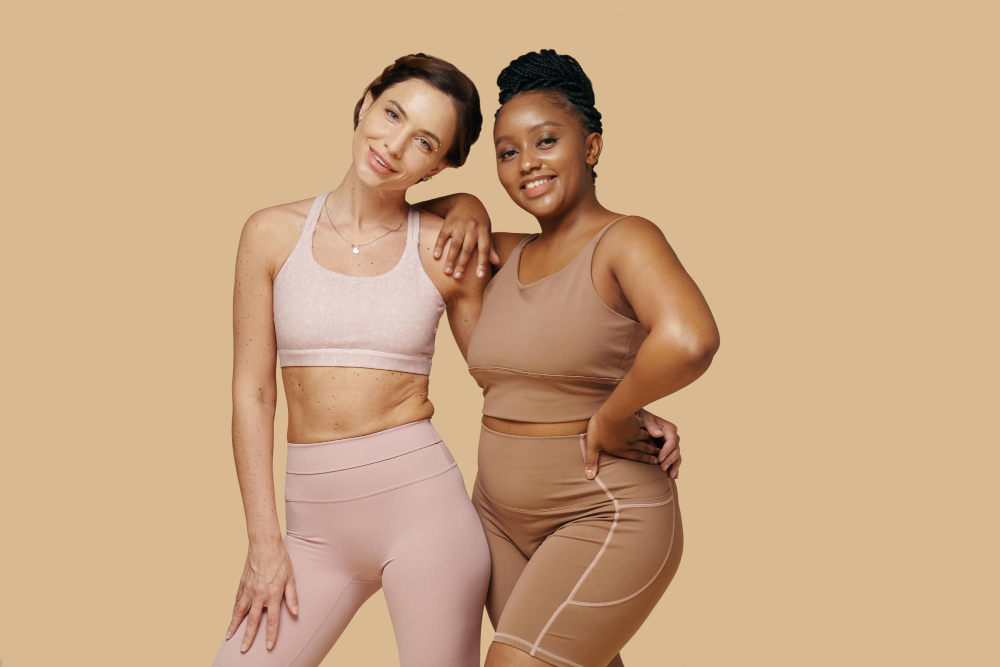
Find the right balance
This is the foundation of good design. It’s what makes a garment look effortless and harmonious, no matter who’s wearing it.
To achieve it, focus on distributing visual weight evenly. Use volume, structure, or detailing to create symmetry between the upper and lower parts of the body.
Pay attention to proportions
Proportion is about knowing where to emphasize and where to simplify. Each body type has areas that you can visually adjust to create a sense of harmony.
With that in mind, always consider the fullest part of the body when designing. Your choices (like dart placement, seam direction, and fabric tension) should complement those curves rather than distort them.
Choose the right necklines
They play a huge role in shaping the perception of the upper body. The right neckline can elongate the neck, soften angles, or bring focus where you want it.
For example, V-necks help lengthen the torso, while round necks or boat necks create a balance for narrower shoulders.
Experimenting with different necklines allows you to tailor looks for each silhouette. Understanding which cuts enhance or soften certain features makes all the difference between a good design and a great one.
Learn more: Explore all you need to know about fashion creation
Consider colors and prints
Color and print placement can transform the perception of body proportions. Darker shades tend to recede, while lighter tones and bold patterns draw attention. Strategic use of color creates balance and even has the power to reshape how the eye perceives the body.
When designing prints, scale matters too. Smaller patterns can create a refined, slimming effect, while larger ones make bold statements and add volume.
Using colors and prints with intention turns your collection into a visual play of balance and proportion.
Think about accessories
These are the finishing touches that can completely shift a look. Belts, jewelry, and scarves help define shape and guide attention to specific areas of the body.
Treat accessories as part of the design strategy rather than afterthoughts. Choosing the right ones ensures harmony between the outfit and the person wearing it. It ultimately allows each piece to express individuality.
How can technology support design for different types of body shapes?
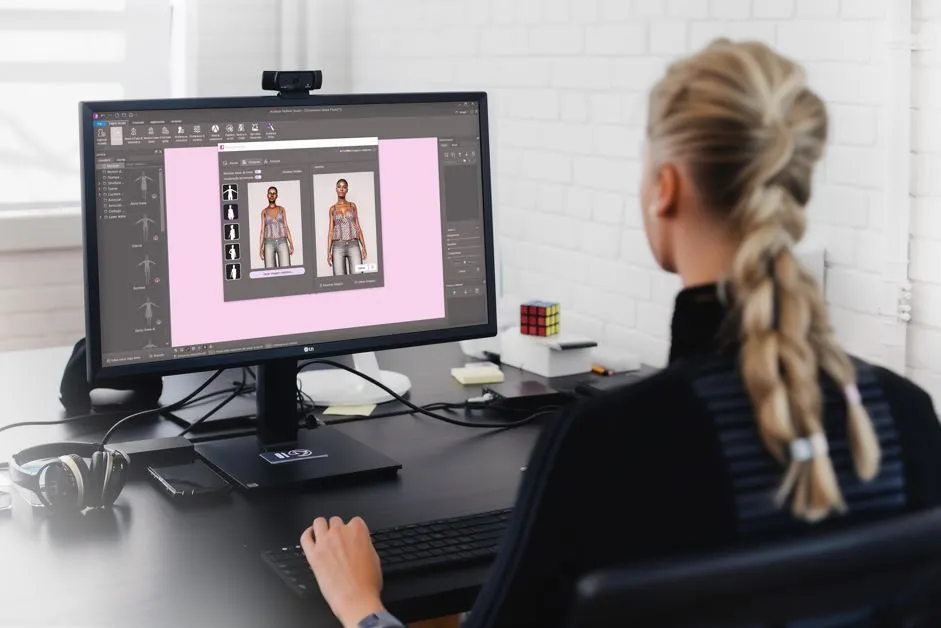
Technology has revolutionized the way brands understand and create for body diversity. With 3D design and digital pattern making, it’s possible to see how garments will look before the first sample.
These solutions also allow for instant adjustments. For example, changing proportions, resizing patterns, and testing fit for various silhouettes. All while saving time and reducing material waste.
Platforms like Audaces360 take this to the next level, connecting every stage of creation into a single workflow. From digital creation to virtual fitting, professionals can now create collections that embrace different types of body shapes.
Learn more: How to apply texture design to your digital collections?
Create designs for all types of body shapes using Audaces solutions
Audaces is a market leader fashion technology company and a reference worldwide. Through a deep understanding of fashion creation and production, we have developed ideal solutions for each stage.
Audaces Fashion Studio
Audaces Fashion Studio is a groundbreaking innovation for fashion designers within Audaces360 multisolution.
This innovative technology empowers professionals to create smarter sketches on a 3D mannequin. It provides tools and functionalities to enhance your design process.
Its features enable you to examine fit, drape, and movement in different body types. Explore fabrics, colors, textures, and apply prints in a few clicks.
Audaces Idea
Audaces Idea is your solution for creating and applying prints to your designs.
It helps end errors and streamline communication between design and the other teams. This way, you can reduce the development cycle and ensure timely deliveries.
Audaces Idea also includes integrated tech packs and automatic pre-cost calculations. You can visualize all your creation information on a single screen during the process.
Automating technical tasks frees up your time for more design exploration!
Audaces Sofia
Meet Audaces Sofia our cutting-edge fashion Artificial Intelligence. It helps you enhance your creations with an unlimited source of inspiration.
This solution has the power to transform concepts into reality in a matter of minutes. Some simple prompts are all you need to generate print variations.
Audaces Sofia integrates with Audaces Idea and Audaces Fashion Studio. This combination provides you with the complete solution to create effortlessly
Discover Audaces360 and unlock a world of possibilities for fashion design and production. Explore our comprehensive suite of solutions today!
FAQ
They include inverted triangle, triangle, hourglass, oval, and rectangle body shapes.
Yes, men’s and women’s bodies differ in proportions, fat distribution, and muscle placement. While men often have broader shoulders and narrower hips, women generally have more pronounced curves around the bust and hips.
Some tips are finding the right balance, paying attention to proportions, and considering colors and prints.


